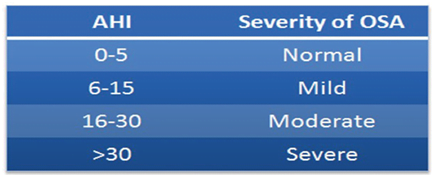What is Obstructive Sleep Apnoea?
Obstructive Sleep Apnoea (OSA) is usually due to a physical blockage of the airway. Apnoea is defined as not breathing for 10 seconds or more. Each apnoea episode can last anywhere from 10 seconds to 2 or more minutes. It is basically the same as holding your breathe for 2 minutes or more. A person is diagnosed with OSA if they have 5 or more apnoeas an hour.
During sleep, your jaw and tongue relax and can drop down onto the throat. This collapsing can constrict the airway and make it difficult or impossible to breathe. The brain normally panics and interrupts your sleep cycle to bring you back to a lighter sleep, or even wake you up, so you can breathe.
Symptoms of Snoring and OSA
- Excessive daytime sleepiness and lack of energy
- Falling asleep while driving
- Feeling unrefreshed in the morning
- Large tonsils/adenoids
- Large tongue
- Teeth grinding (bruxism)
- Temporomandibular Disorders (TMD)
- Waking up with a sore/dry throat
- Forgetfulness
- Decreased sex drive
- Being overweight
- Gender (males have a greater chance than females for snoring/OSA)
- Chronic pain (headaches, neck or back pain)
OSA and Snoring have also been related to other chronic medical conditions such as:
- High blood pressure
- Stroke
- Heart disease and heart attack
- Diabetes
- GORD (Gastric Oesophageal Reflux Disease)
- Irritable Bowel Disease (IBS)
- Impotence
- Depression and anxiety
- ADHD
- Obesity

39% of men, and 14% of women have OSA. OSA can be mild, moderate or severe. Even though someone may have mild OSA, they need some form of management, because there’s the likelihood their OSA will worsen to moderate, or severe if left untreated. Research has also noted that OSA may lead to Temporomandibular Disorders (TMD) and orofacial pain.


Many people think snoring and OSA are completely separate issues, however they are not. Snoring will eventually lead to OSA if left untreated. This is due to weakening of the oral musculature that supports the bottom jaw and tongue from collapsing.






